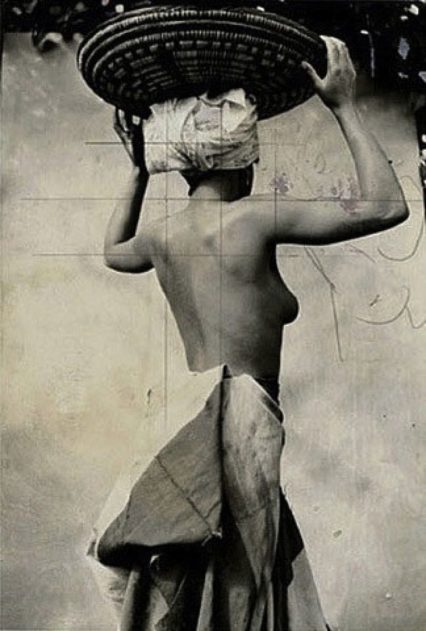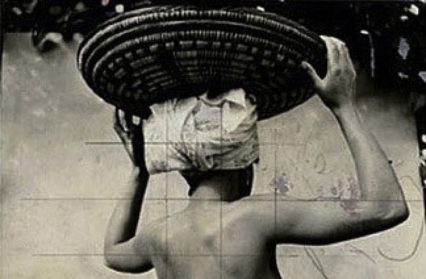Now for More is a theatre festival in the Swansea Bay area that runs alongside Now the Hero and explores a melancholic landscape to tell three stories of war.

Though it may not seem obvious at first, Swansea has in fact been the muse for many artistic endeavours. The harsh industrial landscape of Port Talbot steelworks is said to have inspired the dystopian setting of Ridley Scott’s Blade Runner (1982), while Kevin Allen’s black comedy Twin Town (1997) encapsulated the city and its people in all their lovely ugliness. The city also provides the playground for Now for More, pitched as an ‘art weekender’ involving all of Swansea’s cultural venues and organisations, large and small. It runs alongside Marc Rees’s ambitious, multi-sensory, immersive theatrical experience Now the Hero, which uses the sweetly melancholic landscape of Swansea Bay to tell three stories of war.
As director and curator Marc Rees has said, the inspiration for both the production and the festival came from Frank Brangwyn’s British Empire Panels, a series of pictures commissioned to commemorate the First World War but were famously rejected by the House of Lords for being ‘too colourful and lively.’ The panels, which dominate the interior of Brangwyn Hall, reach towards an optimistic vision of the future, the possibilities of the post-war Empire.
Painter Rose Davies, who takes up residency in Volcano Theatre for a week with her Open Studio, was familiar with Brangwyn’s panels in school, and his influence upon her work remains prominent today. Working on her new series Here Be Dragons, she gives the public a fascinating insight into how an artist works. Here, she paints an older female model and former soldier, working on a large scale within the framework of a studio installation.
The shape-shifting work of Yinka Shonibare MBE deals with issues of race, class and national identity, through a range of artistic mediums, from painting and textiles to sculpture and film. Perhaps best known for his 2010 Fourth Plinth Commission, Nelson’s Ship in a Bottle, Shonibare often looks at the legacy of Britain’s colonial past within the context of our contemporary multicultural society.
At the Glynn Vivian Gallery, the artist’s 2016 sculpture End of Empire (commissioned for 14-18 NOW) takes centre stage. A Victorian see-saw bearing two figures—clad in the artist’s trademark ‘African’ fabrics (actually made from Dutch wax-printed cotton), their globe-heads showing the countries involved in WWI—shifts slowly in the gallery space. Each has an arm raised and a leg extended, not in rage but in apparent glee. It’s a joyful work, at first sight, presenting a picture of two opposing forces (the Anglo-French alliance against Germany and Austro-Hungary) negotiating a balance, reaching towards some kind of reconciliation. But it’s also precarious, even unsettling, and pointedly post-colonial. As Shonibare has said, ‘the First World War was not just a direct war; it was also a kind of proxy war for the colonies.’ As these figures delight in the mechanical rise and fall of their conflict, dressed in exoticised clothing, one gets the sense that the relationship remains unresolved. It also perfectly compliments Frank Brangwyn’s British Empire Panels, which experiment in similar ways with vivid colour and abundant imagery in the face of tragic subject matter. At the Grand Theatre, Habitats #2 brings together six artists from Elysium Gallery who present their own takes on Brangwyn’s panels.
British artist Fiona Banner (otherwise known as The Vanity Press) is concerned primarily with the limitations of the written word. In 1997, she published a 1,000-page book, The Nam, which obsessively detailed the plots of six Vietnam films. In 2002, when shortlisted for the Turner Prize, she presented Arsewoman in Wonderland, a giant billboard bearing the written plot of a porn film. And, in 2009, she took her experiments with text and publication to another level by issuing herself an ISBN number, effectively publishing herself under her own name. Recently, this evolved into a series of self-portraits, showing her nude body tattooed with her ISBN barcode.
In her film Buoys Boys, which plays at the Marina’s Mission Gallery, Banner depicts five gigantic inflatable full-stops—each in five different fonts—as they float over the English Channel. Its soundtrack is a re-imagining of the 1966 pop song ‘Snoopy vs. The Red Baron’, the latter being the nickname of an infamous German WWI fighter pilot — ace-of-aces, Manfred Von Richthofen, famed for the pleasure he took in the killing. Banner’s helium-filled ellipses act as silent, textual reminders of Britain’s dark past. But we’re also invited to consider the significance of the stretch of water below them, which today acts as a route of possible refuge for many, as well as a symbolic divide between Britain and mainland Europe.
More contemporary art can be found at Swansea Museum, where 40 artists respond to the building’s collection, creating an enriching and enlightening exhibition trail. At Oxfam on Castle St, Hope Among the Ruins provides a week of interactive happenings centred around the impact of war and international conflict on ordinary people. Meanwhile, at the National Waterfront Museum, local artist Owen Griffiths has developed a community garden project, GRAFT.
Now for More offers a diverse range of perspectives on those themes explored in Now the Hero — the changing face of war and the scars it leaves behind. But above all, Now for More reveals the potential of Swansea to become a great ‘art city’, by showcasing a surprising range of venues that are often overlooked even by locals. I can only hope that this celebration of Swansea and its artistic treasures isn’t just a one-off.
Tickets for Now For More are available here.
Sam Pryce has written other contributions for Wales Arts Review.












